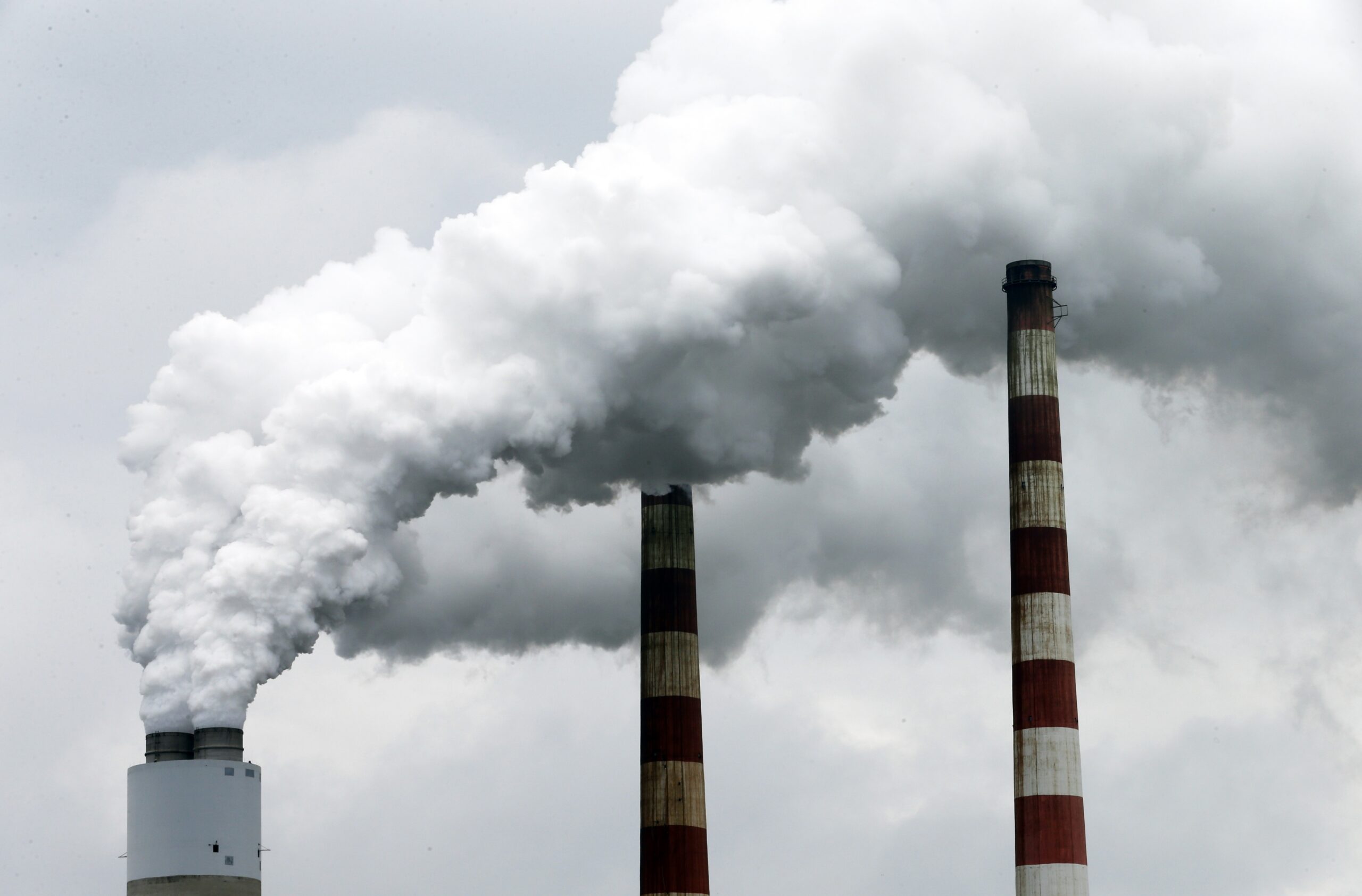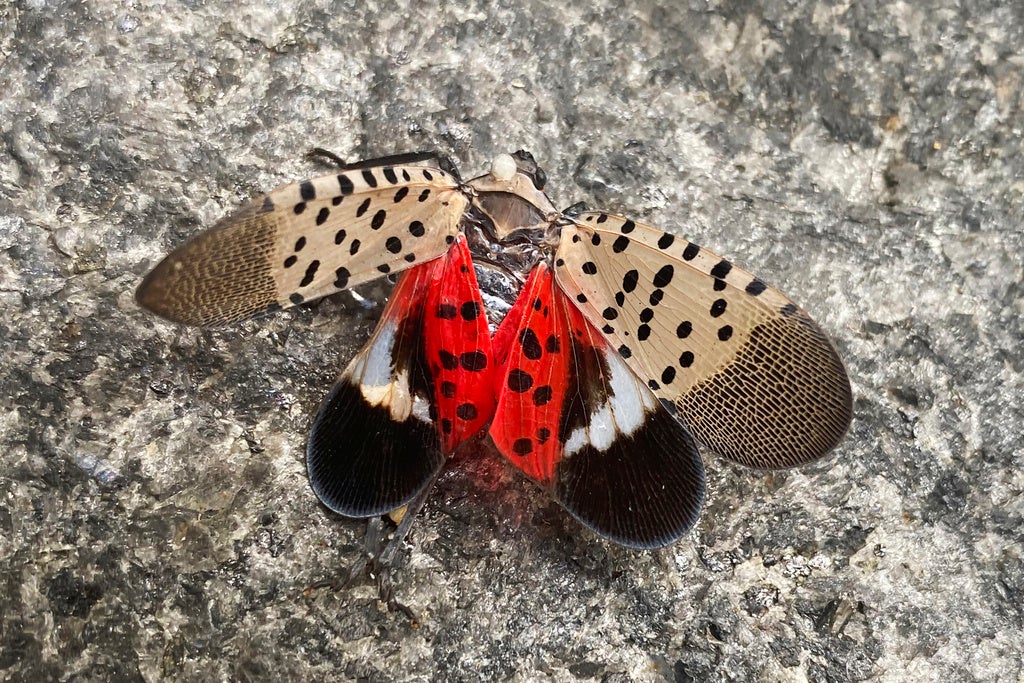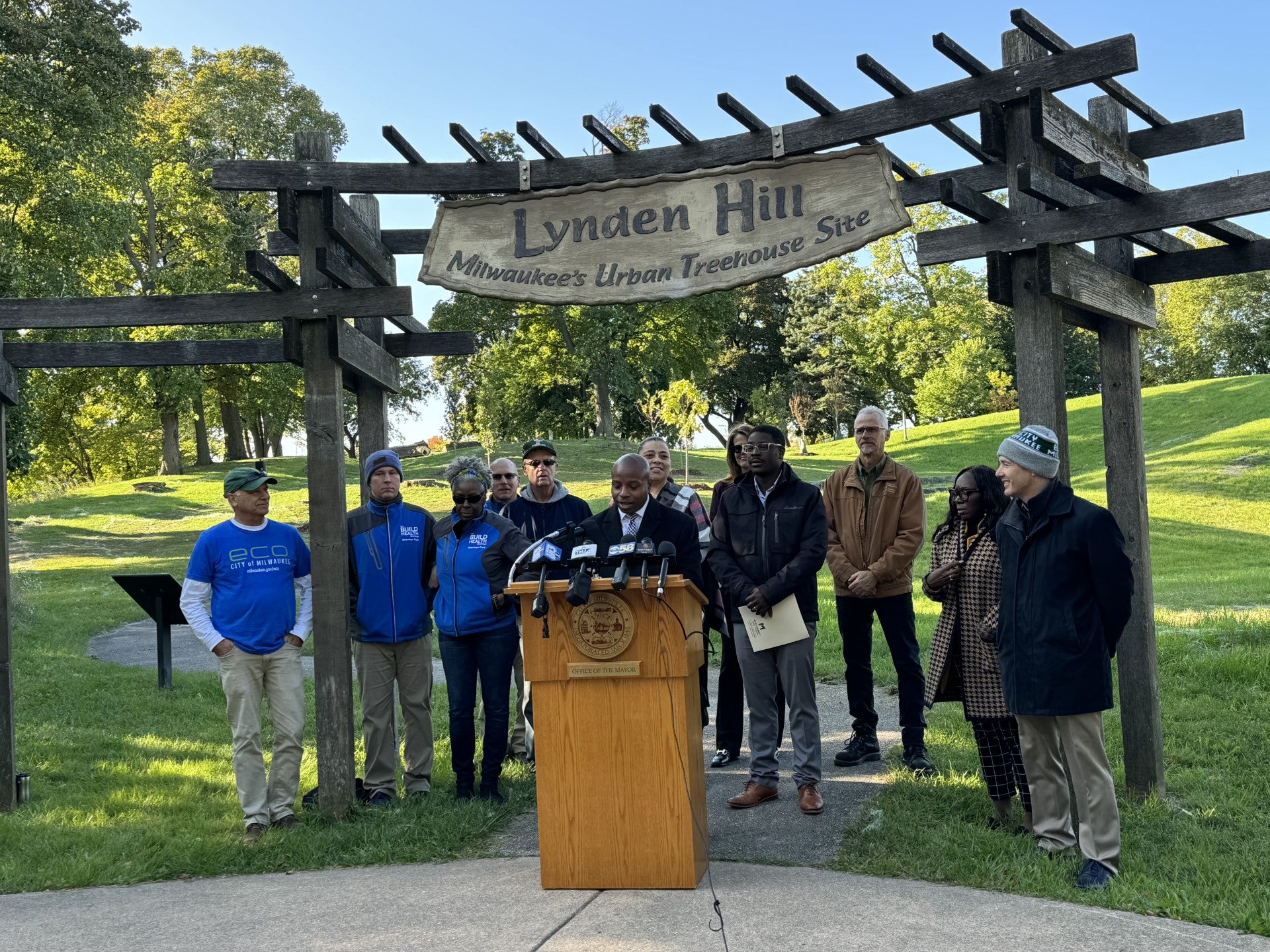The world of plants is more fascinating and bizarre than you might imagine. Tune in to hear stories from the author of “The Big, Bad Book of Botany.”
Featured in this Show
-
Meet Fern-Like Plant That Made Human Life Possible
Plants have always been important to humans as a source of food, as medication, as material to make things like clothing, and of course, as a source of oxygen. But the single tree that humans perhaps owe the biggest debt is no longer present.
A decade ago, paleontologists from the New York State Museum made a startling discovery: They found the top of a fossilized tree in a sandstone quarry. The specimen dated from the Devonian period, meaning it was between 2,360 and 415 million years old. While its age alone made it quite a find, what was truly remarkable was that it was the long-sought after match for a “forest of fossil stumps” that had been found nearby, but over a century earlier.
That meant that the remains, according to author and botanist Michael Largo, were of the Wattieza tree — “officially the first and oldest known tree to have thrived on the planet.”
As a result, that area in upper New York State in the Catskill Mountains, where those fossilized remains were found is considered to be the earth’s first forest.
“It was like A Garden of Eden in North America in that period,” Largo said. “Much more tropical than it is today.”
While the Wattieza tree no longer exists, it’s close relatives do. The Wattieza didn’t reproduce through seeds, as might be expected. Instead, it spread through airborne spores, which makes it very similar to ferns.
That would make sense, given that ferns were, in fact, some of the earliest plants to “brave the terrestrial environment,” according to Largo. He pointed out that they started growing on land before there were pollinators around to help them reproduce. And as a result, ferns developed a way to propagate through spores, which could be released and carried by air currents.
Looking at the frond of a modern-day fern, there are small black balls that could be mistaken for seeds. But Largo said that inside those small cases are the microscopic spores themselves.
“We would almost call it cloning in a way in today’s language,” he said.
Largo said that the earliest fern fossils date from 360 million years ago, and incredibly, they are clearly similar to today’s plants. The complexity of the fern’s structure and means of reproducing is a far cry from the simplicity that we assume to be a hallmark of early life on earth.
Early on, ferns also developed the ability to live in a wide range of climates, which made them highly adaptable when conditions changed. They are also able to survive in many types of soils, in part because they routinely add the nutrients that they need into the nearby soil. As a result, ferns have not had to evolve as much as some other organic beings have.
“Their tricks of survival really haven’t changed much,” he said. “It’s really as self-sufficient a plant as you could find.”
Episode Credits
- Larry Meiller Host
- Judith Siers-Poisson Producer
- Michael Largo Guest
Wisconsin Public Radio, © Copyright 2024, Board of Regents of the University of Wisconsin System and Wisconsin Educational Communications Board.



